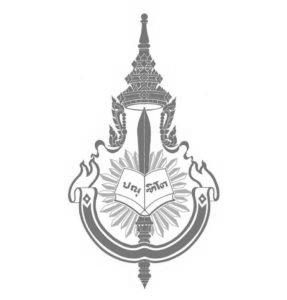Somchai Bovornkitti
MD, DScMed, FRCP, FRACP, hon. FACP
Emeritus Professor and Fellow of the Academy of Science,
the Royal Institute of Thailand
Abstract
Chrysotile, a serpentile asbestos, has been used in a number of Thai Industries for several decades. The material is known to be carcinogenic to humans especially of the serous lining of cavitary organs, producing the rare and
highly malignant tumour named mesothelioma. In the period of 57 years (1954-2011) there were only 57 known mesothelioma cases in Thailand, and none of these had pathological evidence of asbestos etiology; one single case among them had a history of asbestos exposure in a factory. The first patient was diagnosed in 1954 as a case of mesothelioma of tunica vaginalis. The first reported case appeared 14 years thereafter.
Studies concerning asbestos in Thailand have been few and almost being carried out under my guidance, i.e. surveys for asbestos bodies in 330 randomised autopsy lungs, determination of air-borne asbestos dusts in heavy traffic streets in Bangkok, verification of asbestos contaminant in vermiculite used in planting, and durability testing of asbestos and non-asbestos cement tiles. Details will be described in the text.
Key words: chrysotile, asbestos, vermiculite, mesothelioma, Thailand
